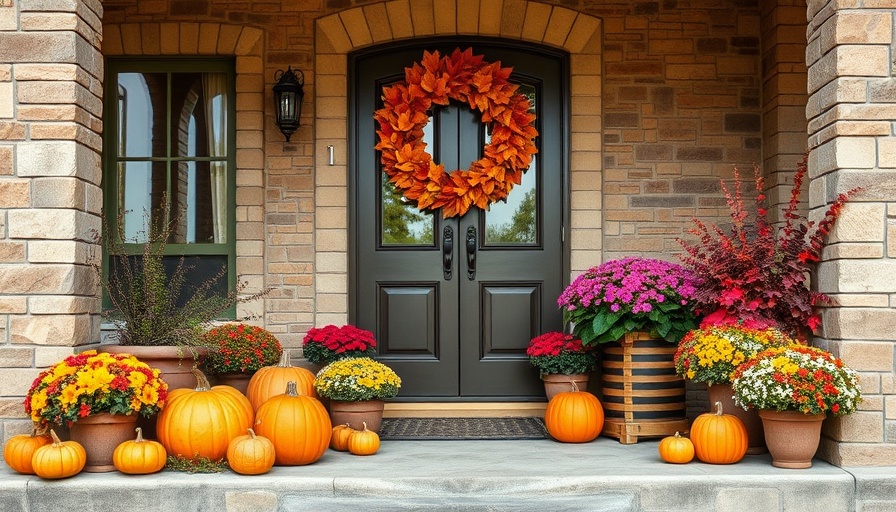
Unlock The Power of Precision: Exploring Laser Levels
In the realm of DIY projects and home repairs, achieving perfect alignment is often the key to success. Laser levels serve as indispensable tools that can elevate your home improvement game by providing unmatched accuracy for tasks ranging from tile installations to hanging pictures. Whether you're a novice starting your journey or a seasoned handyman, understanding how to effectively use laser levels can lead to dazzling results.
Choosing the Right Laser Level for Your Needs
The variety of laser levels available on the market can be dizzying. It's essential to consider your specific projects before making a purchase. Are you a weekend DIYer, or do you tackle extensive renovations? Compact torpedo levels are excellent for quick tasks around the home, while self-leveling cross-line lasers offer more versatility for complex jobs. For even more options, laser level squares are invaluable for layout tasks where precision angles are necessary.
Maximizing Visibility with Smart Techniques
One common challenge when using laser levels is visibility, especially in bright environments. Thankfully, special glasses designed for laser visibility can enhance your experience, making it easier to see the projecting lines. This small investment can significantly improve your working efficiency, particularly when outdoors or in lit rooms.
Precision Techniques For Floor Layouts
When it comes to ceiling installations—be it lights or other fixtures—using a point-type laser level can streamline the entire process. Instead of struggling to measure awkward heights directly, you can lay out the locations on the floor first. With a bit of tape and a focused approach, moving your measurements upwards becomes a seamless task. This technique not only mitigates errors but also saves valuable time.
Future-Proof Your DIY Projects With Advanced Tools
As technology progresses, so does the capability of laser levels. Opting for auto-leveling rotary lasers for larger outdoor projects can transform the way you approach foundation work or landscaping tasks. These devices come with tripods and detectors, enhancing usability even in challenging sunlight. By investing in modern tools, you'll be set to tackle any project thrown your way.
Common Misconceptions About Laser Levels
Despite their utility, some still harbor myths about laser levels—such as the belief that they’re only for professionals. In truth, with a little guidance, anyone can wield these tools effectively. Understanding how to harness their potential is key to becoming adept in home maintenance and repair.
Making Accurate Decisions At Every Step
The information gleaned from mastering laser levels empowers homeowners to make informed decisions about their projects. Properly understanding the different types of lasers can significantly impact not only time efficiency but also the precision of the work outcome. Embracing an educated approach can elevate your home improvements from good to fantastic.
In conclusion, as you embark upon your next DIY adventure, consider adding laser levels to your arsenal. Not only do they enhance accuracy, but they also streamline the process, allowing for a smoother workflow. To get the most out of your projects—whether you're leveling a tile floor or aligning fixtures—understanding these tools can unlock a new realm of possibilities in home repairs and enhancements.
 Add Row
Add Row  Add
Add 



Write A Comment